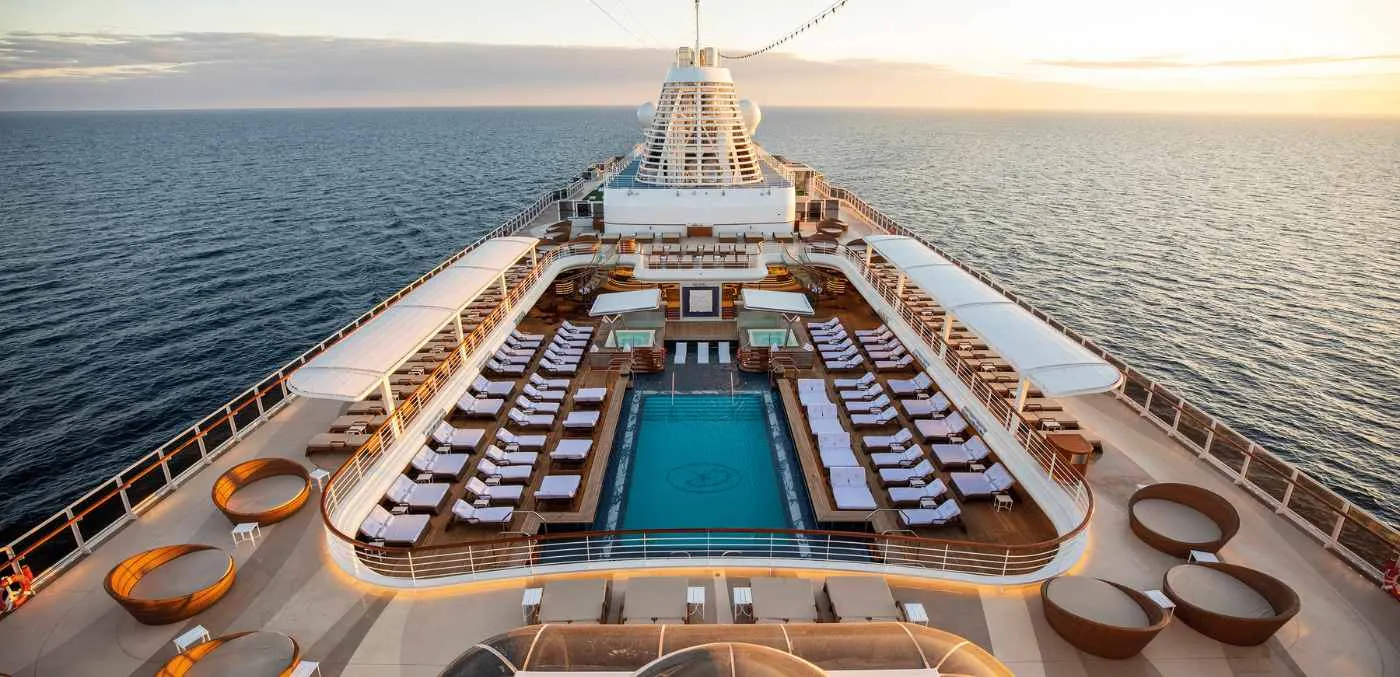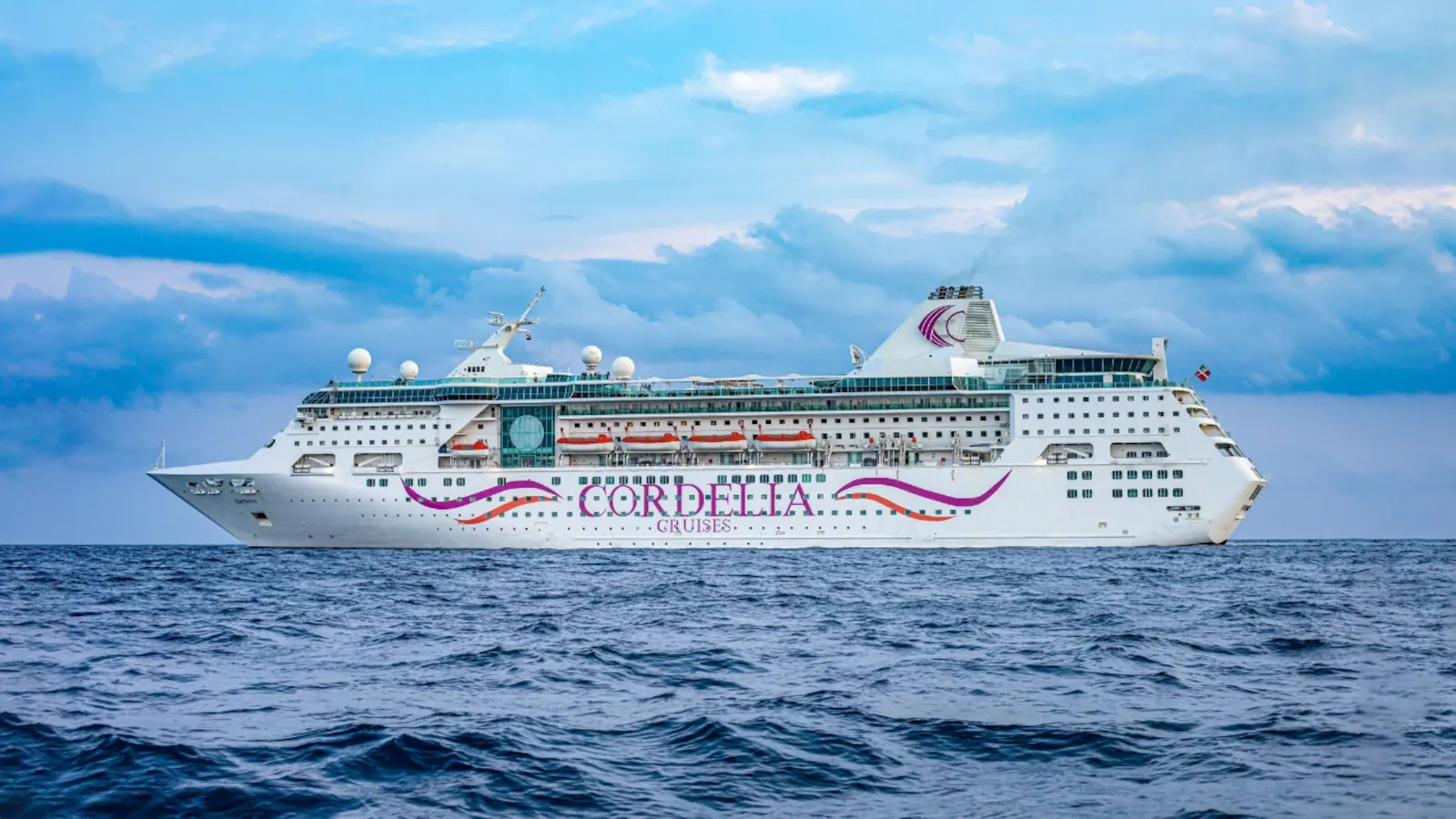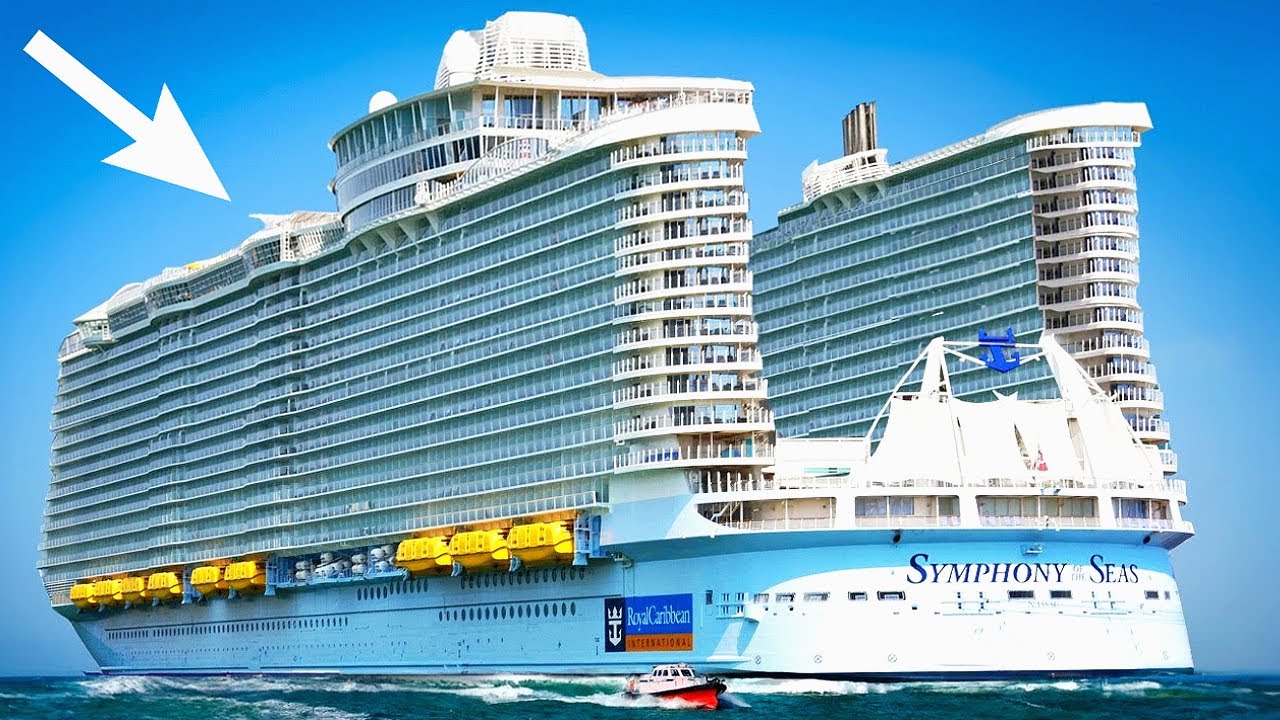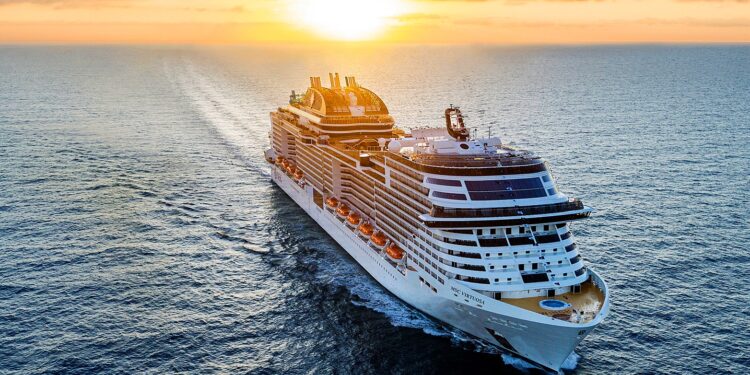After a pause in operations following a serious incident last year, General Motors’ autonomous vehicle division, Cruise, is cautiously reentering the public space with renewed testing in Phoenix, Arizona. This development marks a significant step for Cruise as it aims to rebuild trust and enhance the safety of its self-driving technology.

The Incident That Paused Progress
In October of the previous year, a self-driving Cruise vehicle was involved in a distressing accident in San Francisco. The vehicle, operating without a human driver, collided with a pedestrian who had already been hit by another car. This second impact dragged the individual approximately 20 feet across the pavement, causing severe injuries. This incident led to a suspension of Cruise’s operational permits by the California Department of Motor Vehicles due to the company’s inadequate cooperation in the ensuing investigation.

Regulatory Reckoning and Organizational Overhaul
The aftermath of the incident was a challenging period for Cruise. Criticism was not just external; the company faced its own tough introspection. An internal investigation, aided by the law firm Quinn Emanuel Urquhart & Sullivan, revealed significant faults within the company. This included a problematic attitude towards regulators and an overly defensive focus on shifting blame. “We acknowledge that we have failed to live up to the justifiable expectations of regulators and the communities we serve,” Cruise admitted in a blog post, underscoring a commitment to accountability and improvement. This episode also prompted the resignation of several top executives and led to a reduction of nearly a quarter of its workforce.
BREAKING: Carnival, the world's largest cruise company, today announced that 100% of its ships across its global fleet are now equipped with @SpaceX's Starlink global internet.
Carnival CEO: "Starlink has been a game-changer. We've already seen a surge in guest satisfaction." pic.twitter.com/NqibbGvoDF
— Sawyer Merritt (@SawyerMerritt) May 14, 2024
Enhanced Safety Protocols and the Role of a Safety Driver
As Testing resumes , the introduction of a safety driver in the driver’s seat of the modified Chevrolet Bolt EVs is a clear pivot towards ensuring public safety. While the vehicles will primarily operate autonomously, the presence of a human driver ready to intervene in emergencies represents a critical safeguard. This approach not only aims to enhance safety but also to restore public confidence in autonomous technology.

Cruise’s Safety-First Approach in Resuming Self-Driving Operations
Autonomous Vehicle’s return to the roads is not merely about resuming operations but is a part of a broader effort to refine their self-driving technology with an enhanced emphasis on safety and transparency. The updates to their software, designed to better handle unexpected incidents, reflect a forward-thinking attitude that prioritizes technological reliability and public trust.
As autonomous technology continues to evolve, the journey of companies like Cruise is emblematic of the broader challenges and opportunities facing the self-driving vehicle industry. Balancing innovation with safety, and technology with human oversight, will be crucial as these vehicles prepare to become a common sight on our roads. With its recent adjustments and renewed commitment to safety, Cruise is poised to drive forward, albeit with a cautious and well-monitored approach.










